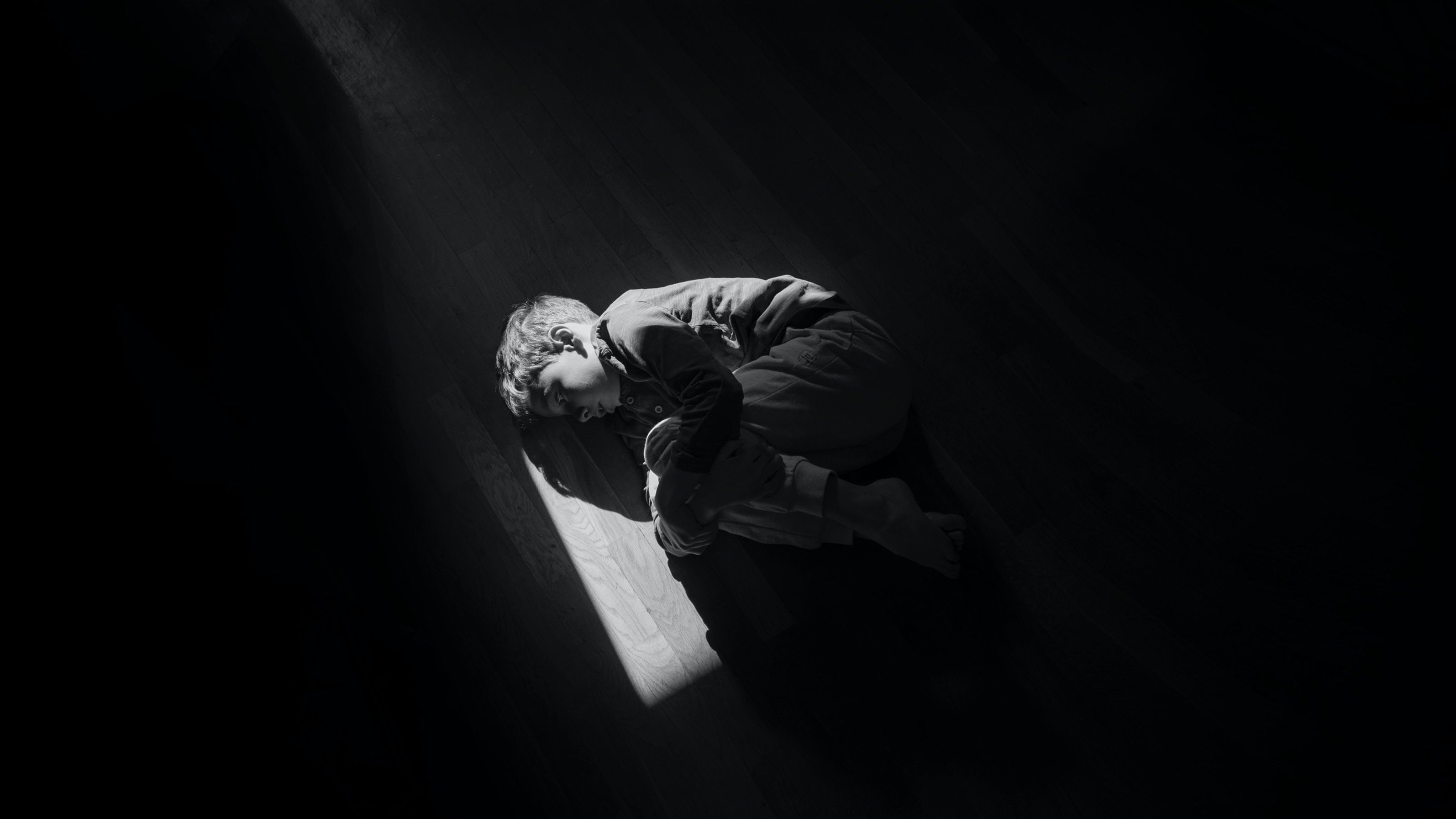Why We Cling: Unpacking the Roots of Abandonment Fears
Aug 26, 2023
“You cannot abandon what you do not possess. It is the very search itself that creates the inability to find that which is sought.”
- Neem Karoli Baba
Few emotional forces match abandonment anxiety's distressing undertow. Like castaways adrift, we desperately cling to anyone who might steady us amidst the panic of lost connection. But what wounds are carved so deep as to haunt adult bonds with these frantic clingy fears?
By journeying within, we just might find the hurting child still frozen in those formative moments of lost safety. In extending compassion to past programming, we take the first steps to unwind trauma's grip on the heart. For when we illuminate inner darkness with care, insight dawns - we have always been worthy; we can learn to anchor ourselves.
Our Biological Need for Attachment
Why do breaches in human connection impact us so profoundly? Science reveals that for vulnerable infants, close caregiver bonds meant the difference between life and death. Early nurturing shapes adult's capacity to trust others and seek intimacy.
In infancy, we instinctually attach for sustenance, protection, and soothing. The limbic brain is wired over eons of evolution to bond with caretakers. When those fundamental needs go unmet in childhood, anxiety around abandonment often results. Painful beliefs embed that we are unworthy of stable love.
Understanding this context elucidates that clinging arises from insecurity cultivated in the cradle, not an intrinsic personal deficiency. If care did not cocoon the fledgling self, fear of further loss makes brutal sense. But now as adults, we can represent ourselves differently.
When Safety Shattered
Why then do some carry more painful programming around abandonment than others? Those who suffered emotional absence, neglect, separation, or loss in youth often display distress around trusting others to stay.
Early relationships that consistently ruptured safety imprint subconscious core wounds and beliefs of unworthiness. The mind adapts in “survival mode", anxiously avoiding further harm by clinging desperately. But these protective strategies exact tolls into adulthood.
The tragedy is that children internalize caregiver absence as reflective of their value. But such withdrawal results from limitations of wounded adults - not deficits of small children needing nourishment of attention and affection to bloom.
The Wounded Inner Child
The gnarled roots anchoring adult abandonment fears often lead back to an inner child still frozen in those traumatic times of broken attachment. This vulnerable part of us reacts from fear and despair cultivated when needed nurturing is lacking.
The inner child’s desperate patterns unconsciously persist until we extend compassion. They became so clingy and distrustful for good reason - depending on inconsistent caregivers for survival. But the coping mechanisms that once protected now restrict growth.
By listening to the inner child’s cries through somatic inner work, we can finally give ourselves the unconditional love we deserved but never received. In gazing at past wounds with care, we bring these fragments into the light of consciousness, where true healing begins.
How Anxiety Manifests
This anxious programming bred in infancy shows up in various ways in adulthood. Hypervigilance about any perceived signs of rejection or abandonment often features strongly. We become intensely clingy, constantly needing validation.
Jealous thoughts may swirl about potential betrayal or replacement by others seemingly "better" than us. Intimate relationships suffer under the weight of accumulated fears that love will be ripped away without warning.
Underneath the panic lies an inner child convinced their very existence hinges on grasping love before it disappears again. But by illuminating this subconscious web, we can untangle trauma and anchor in our worth beyond what others provide.
Photo credit: Susan Wilkinson @Unsplash
Retraining the Nervous System
Fortunately, advances in somatic psychology offer tools to discharge and repattern attachment trauma sealed in the nervous system. EMDR, neurofeedback, and other modalities help regulate dysregulated physiology.
Yoga postures calm the vagus nerve, lowering anxiety's panic signals. Through somatic experiencing, we discharge fight-flight energy still frozen from past overwhelm. Pendulation grants safe passage to metabolize these intense sensations.
As the body restores equilibrium, ingrained cognitive distortions etched by abandonment also relax their grip. No longer flooded, the mind opens up space for new learning - we can trust ourselves for steadiness.
Healing Core Shame
Sadly, emotional absence in childhood catalyzes deep shame about unworthiness. Children assume cold family dynamics somehow reflect their defects. This core shame has corroded self-esteem for decades.
But through inner child work, lovingkindness practices, EMDR, and holistic modalities, we can finally integrate these fragmented places. By providing the nurturing we deserved but never received, old wounds transform into wisdom.
And crucially, speaking validating truths to our inner child releases their stuck pain through vocal toning. Putting language to past suffering completes arrested healing processes. Gradually, inner security grows.
Conclusion
When we compassionately illumine the past, abandonment anxiety lessens its grasp. We uncover the hurting child still ruling our behaviors and beliefs. But once extracted, these vestiges integrate, losing charge.
Insecurity around clinging reflects adaptation, not a personal failing. By extending kindness to the roots, our nervous system learns independence and trust. We cultivate an inner safe harbor amidst outer uncertainty.
For in truth, our worth remains unchanged by external attachments. And when finally we unearth this belonging with ourselves, we abandon the impossible search for security in fugitive sources outside us. For the light lives within, whence we came, whither we return. Home awaits.
Photo credit: Mali Desha @Unsplash
Sign up for our Newsletter
Keep up with our latest offerings and events. Stay connected with community.
No spam. Ever.




